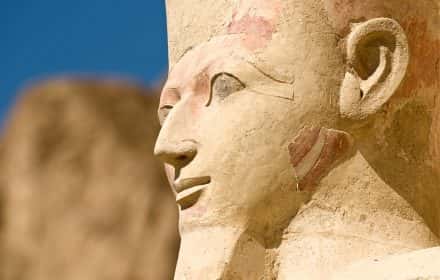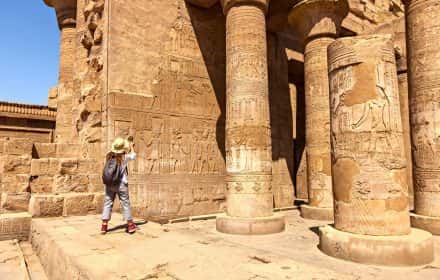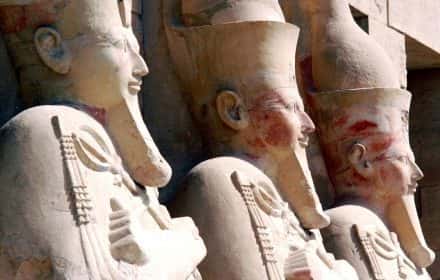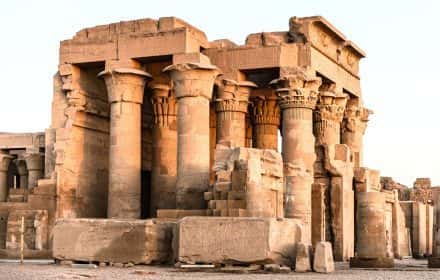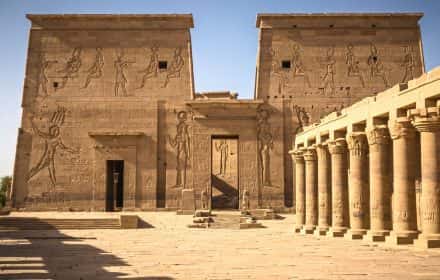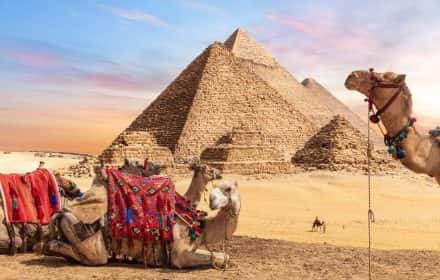This site uses affiliate links, meaning that if you make a purchase through our links, we may earn an affiliate commission.
Along the banks of the majestic Nile River, Egypt proudly showcases its wealth of historical marvels that have fascinated the world for centuries. While the Pyramids of Giza and the temples of Luxor often take center stage, there exists a little-known gem, hidden from the bustling tourist throngs.
Gebel el-Silsila, an ancient quarry site steeped in history and adorned with captivating rock-cut temples, beckons to intrepid travelers in search of an authentic, off-the-beaten-path experience.
In this comprehensive guide, we invite you to step back in time as we unravel the enigmas and splendors of Gebel el-Silsila. From its profound archaeological significance to the mesmerizing sights that await you, we will be your companions on this journey through an uncharted facet of Egypt that you absolutely cannot miss.
So, pack your curiosity, bring your sense of wonder, and prepare to explore Gebel el-Silsila, a place where history, art, and nature converge in a captivating tapestry awaiting your discovery!
Reaching Gebel el-Silsila: Your Gateway to Ancient Wonders
Reaching Gebel el-Silsila is an adventure in itself, as it offers a chance to explore the scenic Nile River region. To ensure a smooth journey, here are the essential details on transportation options and the nearest airports.
- Nearest Airports:
The closest major airport to Gebel el-Silsila is Luxor International Airport (LXR), which is approximately 55 kilometers (34 miles) away. This airport is well-connected to both domestic and international destinations.
- Transportation Options:
By Road: Once you arrive at Luxor International Airport, you can hire a taxi or arrange for private transportation to take you to Gebel el-Silsila. The drive typically takes around 1.5 to 2 hours, offering scenic views of the Nile River and surrounding landscapes.
Nile Cruises: Another captivating way to reach Gebel el-Silsila is by taking a Nile River cruise. Many cruise operators offer packages that include stops at various historical sites along the Nile, with Gebel el-Silsila often being one of them. This option allows you to combine transportation and sightseeing in one unique experience.
- Local Guidance:
It is highly recommended to hire a local guide or join a guided tour when exploring Gebel el-Silsila. A knowledgeable guide can enhance your experience by providing historical context and insights into the site’s significance.
- Best Time to Visit:
Consider visiting Gebel el-Silsila during the cooler months, typically from October to April, as the weather is more comfortable for outdoor exploration. Summers can be extremely hot in this region.
Unearthing History: Exploring the Gebel el-Silsila Quarry
As you venture deeper into Gebel el-Silsila, you will discover a captivating historical treasure—the ancient quarry that played a pivotal role in Egypt’s grand architectural endeavors.
This section will take you on a journey through time and stone, shedding light on the quarry’s immense historical importance, providing insights into the stone extraction process, and revealing its role as an important passage along the Nile.
Gebel el-Silsila occupies a unique position along the Nile, where the river narrows significantly, and its banks transform into steep cliffs.
Notably, this location marks the point at which the underlying bedrock changes from limestone to sandstone. This geological transition made Gebel el-Silsila an invaluable resource for ancient Egypt’s monumental construction projects.
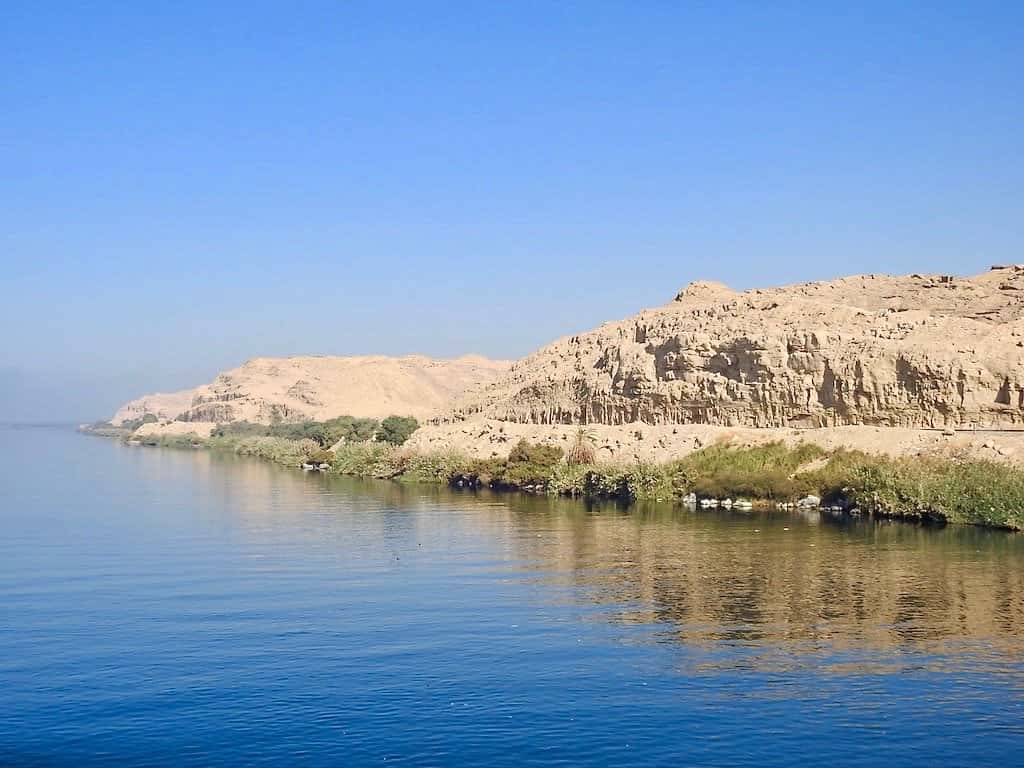
Gebel el-Silsila in Egypt
From the New Kingdom until Greco-Roman times, Gebel el-Silsila served as a quarry of immense importance.
Here, vast quantities of sandstone were extracted, destined for use in some of Egypt’s most iconic monuments. This sandstone was employed to erect the colonnade of Amenhotep III at Luxor Temple, the grand edifices of Karnak Temple during Amenhotep IV’s reign, the Ramesseum, Medinet Habu, and many other enduring structures that continue to awe visitors today.
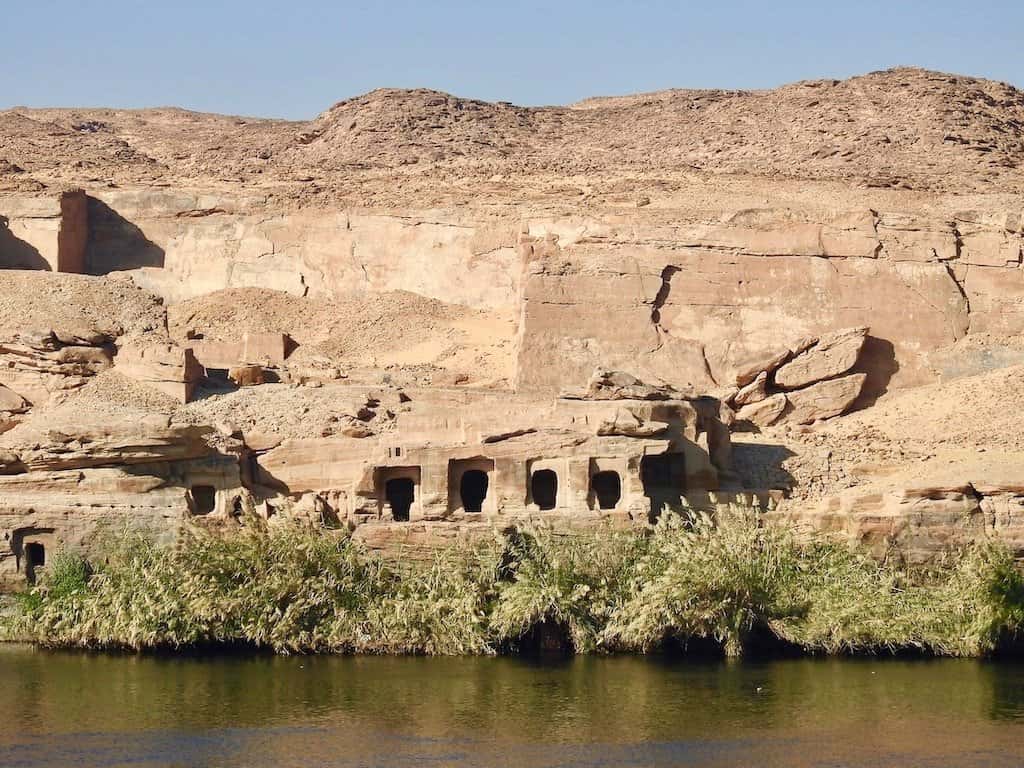
Gebel el-Silsila in Egypt
Sanctuary in Stone: Gebel el-Silsila's Sacred Significance
Beyond its role as a prolific quarry, Gebel el-Silsila holds a profound spiritual significance that resonates throughout Egypt’s history.
During the annual pilgrimage to Gebel el-Silsila, which coincided with the beginning of the inundation season, devotees from far and wide converged upon this sacred location. They came bearing offerings of food, incense, and other precious items, seeking the favor and blessings of the gods.
Priests and worshippers would perform ceremonies, make elaborate offerings, and participate in religious rites to ensure the gods’ benevolence. These rituals were believed to secure a bountiful harvest and a prosperous year for the entire community.
Gebel el-Silsila served as a place of devotion to a diverse array of deities, including Amun, Sobek, Hapi (the god of the Nile inundation), and others. Each god represented different aspects of life and nature, reflecting the complex tapestry of beliefs in ancient Egypt.
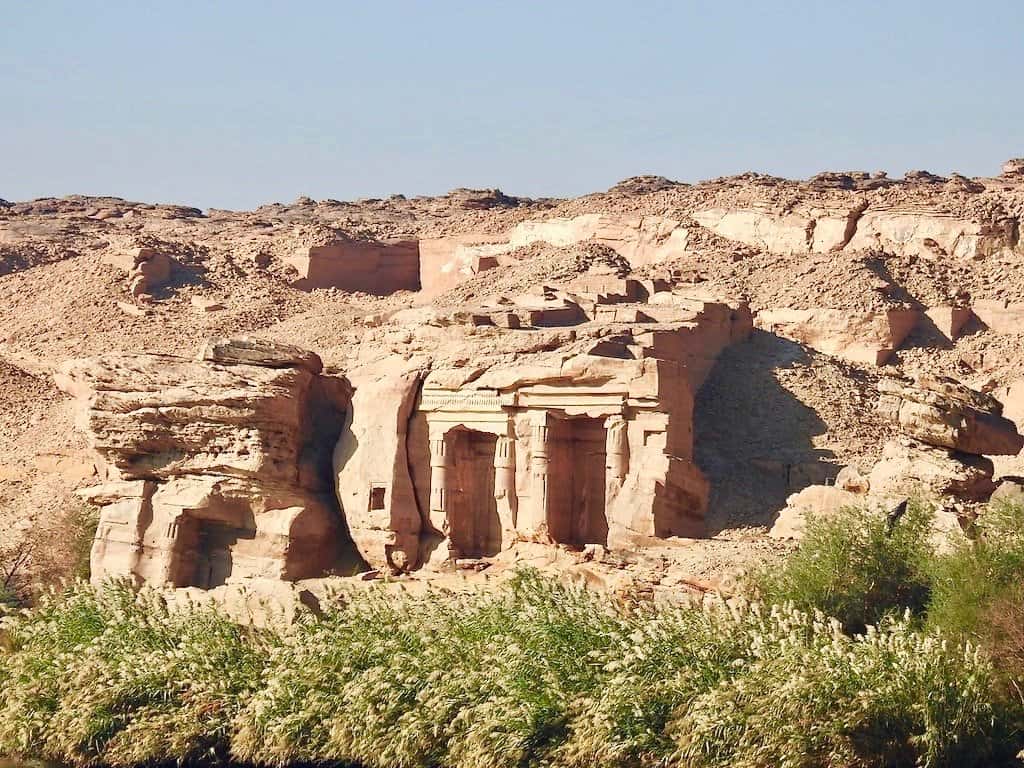
How to Visit and What to See at Gebel el-Silsila Tombs in Egypt
Today, the archaeological remains at Gebel el-Silsila bear witness to these ancient religious practices.
Since Gebel el-Silsila was of such religious importance, you can still see the remnants of many shrines, temples, tombs, and stelae today. These structures and inscriptions provide valuable insights into the religious beliefs and customs of the people who gathered here to seek divine favor.
Most of the monuments at Gebel el-Silsila were cut directly into the cliff face, creating an awe-inspiring landscape of rock-cut temples and shrines. These stone structures served as places of worship and were adorned with intricate reliefs and carvings.
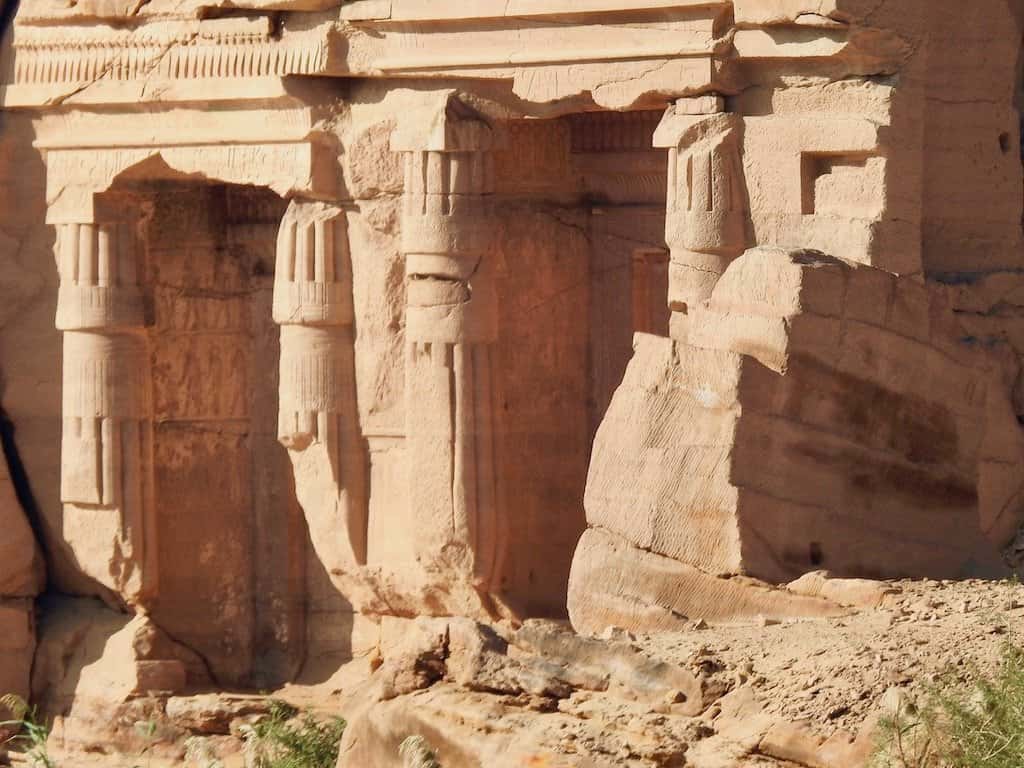
How to Visit and What to See at Gebel el-Silsila Tombs in Egypt
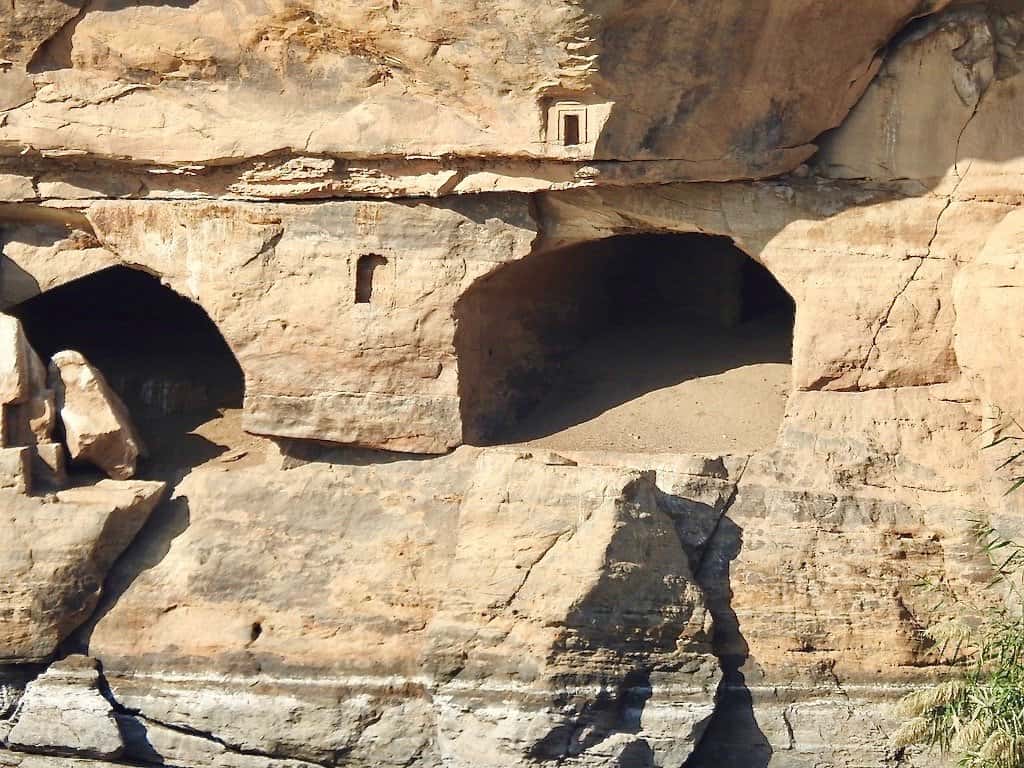
How to Visit and What to See at Gebel el-Silsila Tombs in Egypt
If you are fortunate enough to tour the site, you will have the opportunity to see some of the chapels that still contain the remnants of the statues of their owners.
These statues offer a glimpse into the individuals who played a prominent role in the religious life of Gebel el-Silsila.
Remarkably, some shrines still display the original colors and have beautifully decorated ceilings and walls, allowing modern visitors to appreciate the artistry and craftsmanship of ancient Egypt.
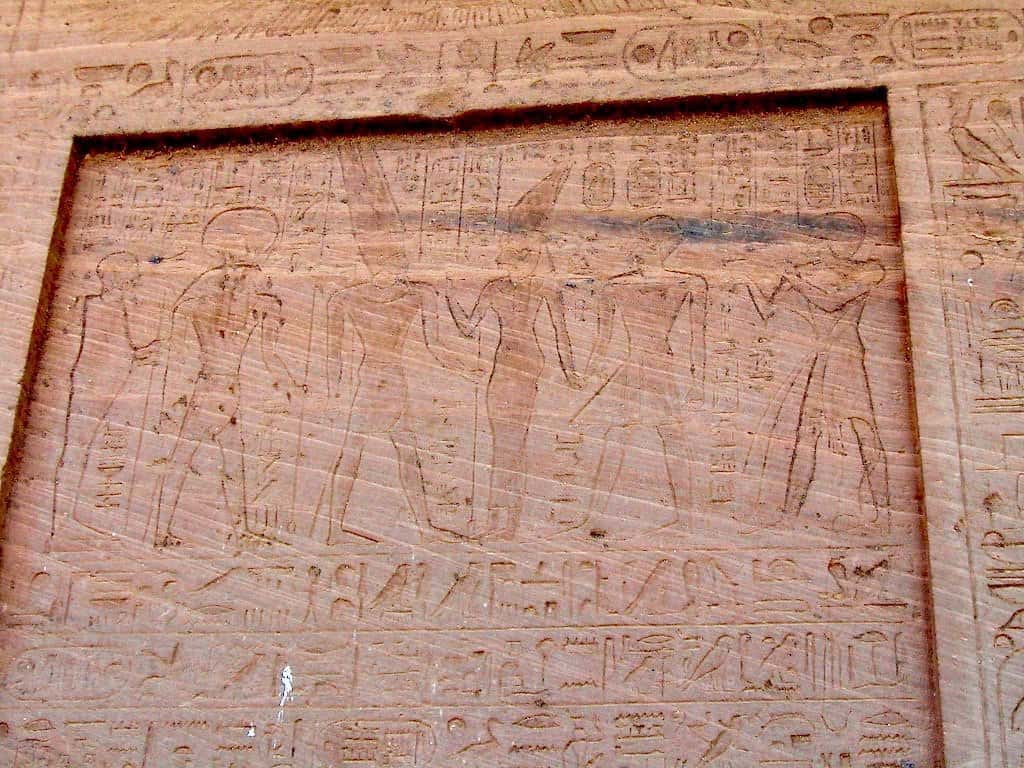
How to Visit and What to See at Gebel el-Silsila Tombs in Egypt
Exploring the Speos of Horemheb at Gebel el-Silsila
The Speos of Horemheb is a significant archaeological and historical site located at Gebel el-Silsila, Egypt.
This site is a rock-cut temple or speos, which is a type of ancient Egyptian temple hewn directly into the face of a cliff or rock outcrop.
The Speos of Horemheb is particularly renowned for its historical importance and the insights it provides into the reign of the Pharaoh Horemheb.
The speos is named after Pharaoh Horemheb (also spelled Horemhab), who reigned during the late 18th Dynasty of ancient Egypt, approximately from 1319 to 1292 BCE.
Horemheb was a military general who later ascended to the throne and ruled as the last pharaoh of the 18th Dynasty.
The Speos of Horemheb is believed to have been commissioned by Pharaoh Horemheb during his reign. It served as a religious sanctuary and was dedicated to the worship of the god Amun.
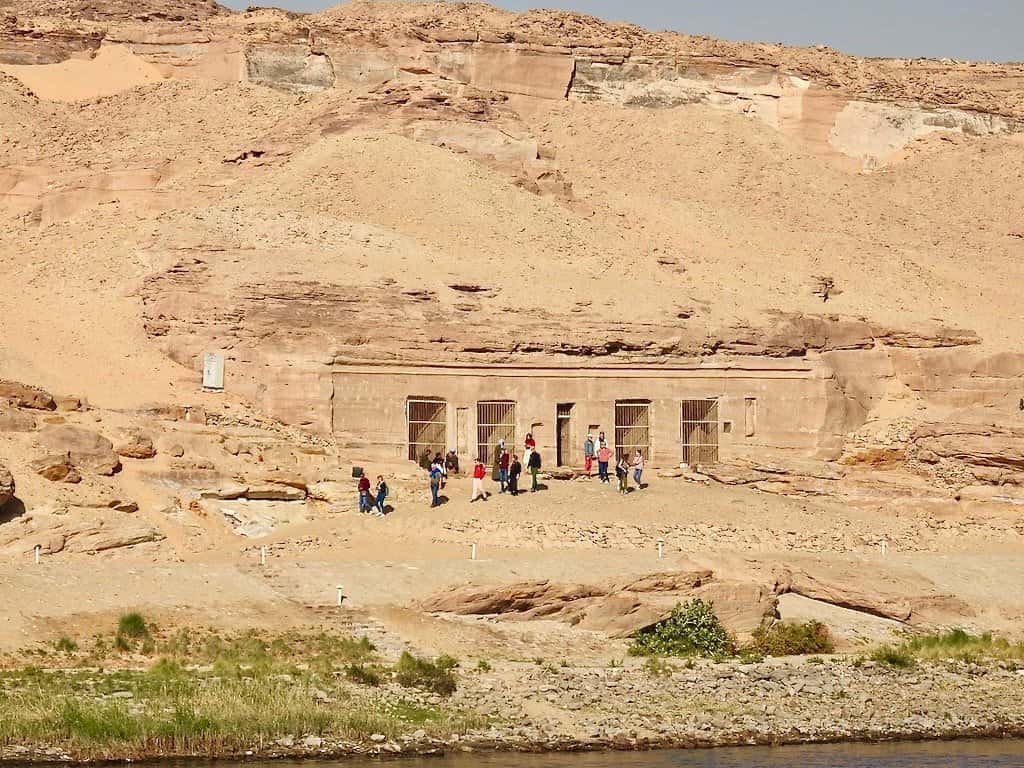
The Speos of Horemheb at Gebel el-Silsila
The speos features intricately carved reliefs and inscriptions that depict various scenes and offerings made to the gods. The carvings provide valuable insights into the religious beliefs and rituals of the time.
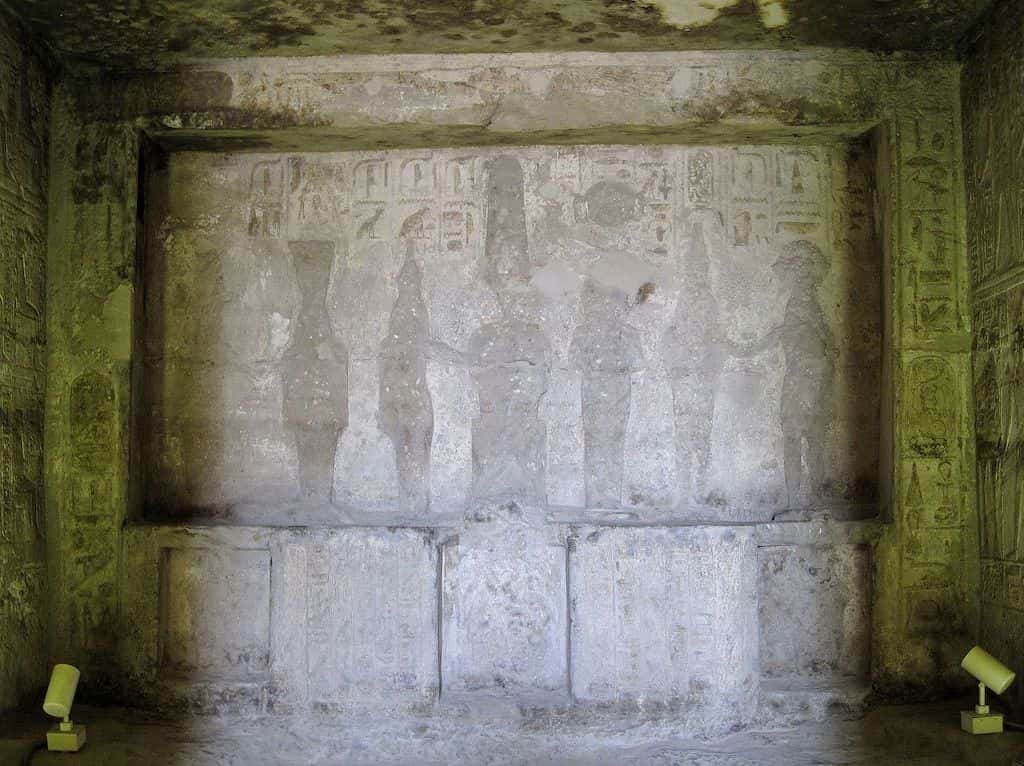
The Speos of Horemheb at Gebel el-Silsila. Image Credit: Wikimedia Commons
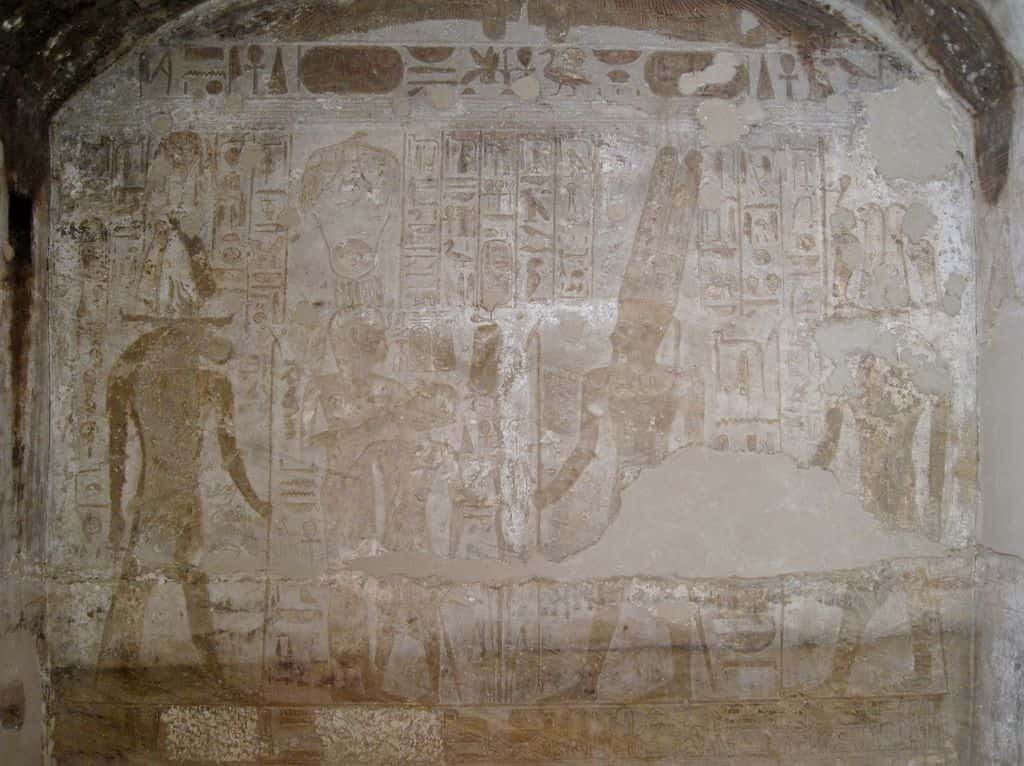
The Speos of Horemheb at Gebel el-Silsila. Image Credit: Wikimedia Commons
The Speos of Horemheb is historically significant because it offers insights into the restoration and religious reforms initiated by Pharaoh Horemheb following the religious upheaval of the Amarna Period.
During the reign of Akhenaten, the Amarna Period saw a shift in Egypt’s religious beliefs, with the worship of the sun god Aten. Horemheb played a key role in restoring the traditional worship of Amun and other traditional deities.
Protecting Gebel el-Silsila's Historical Legacy
Like many ancient Egyptian monuments, the Speos of Horemheb has faced challenges related to preservation.
Efforts have been made to conserve and protect the site to ensure that its historical and archaeological value endures for future generations.
Visiting the Speos of Horemheb at Gebel el-Silsila allows travelers to step back in time and explore the religious and historical context of ancient Egypt during the reign of Horemheb.
The temple’s rock-cut architecture and detailed carvings provide a fascinating window into the religious practices and beliefs of this period in Egypt’s history.
You Might Also Like:
How to Visit and What to See at KHAN EL-KHALILI BAZAAR in Cairo
Perfect 7-Day Egypt Itinerary for First Visit (Cairo, Aswan, Luxor, Abu Simbel)
What to See at the TEMPLE of HORUS at EDFU (5 Things You Can’t Miss)
What to See at the TEMPLE of KOM OMBO, Egypt (9 Things You Can’t Miss)
How to Visit Abu Simbel: Everything You Need to Know to Plan Your Visit
How to Visit and What to See at the TEMPLE of PHILAE in Aswan
Best Day Trip from Cairo – Dahshur, Memphis, and Saqqara (Maps+Photos)
19 Must-See Things at Egyptian Museum in Cairo (+Practical Tips)
Now, It Is Your Turn, I Would Like to Hear Back from You!
Are you planning on visiting Egypt?
Please let me know! Drop me a quick comment right below!
Also, click on any of the images below to get inspired and to help you with the planning process for your trip to Egypt!
